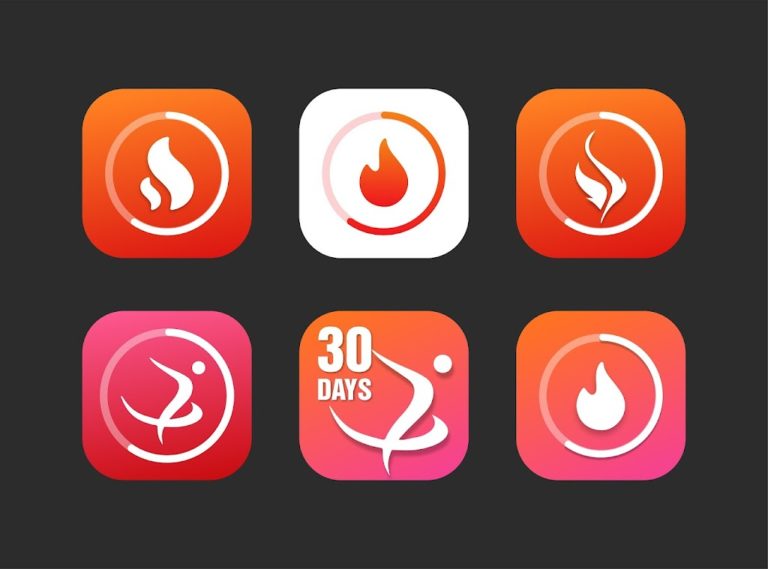Anxiety Disorders Defined
 There are several subgroups of Anxiety Disorders, with different causes and treatment. Anxiety disorders are a serious social and financial concern to American business, since they cost the country more than $42 billion a year in healthcare costs and lost productivity, according to “The Economic Burden of Anxiety Disorders,” a study published in the Journal of Clinical Psychiatry.
There are several subgroups of Anxiety Disorders, with different causes and treatment. Anxiety disorders are a serious social and financial concern to American business, since they cost the country more than $42 billion a year in healthcare costs and lost productivity, according to “The Economic Burden of Anxiety Disorders,” a study published in the Journal of Clinical Psychiatry.
The main feature of Generalized Anxiety Disorder (GAD) is excessive, unrealistic and uncontrollable worry about everyday events. This constant worry affects daily functioning and brings physical symptoms. Generalized Anxiety Disorder (GAD) can occur with other anxiety disorders, depressive disorders, or substance abuse. It can be misdiagnosed because it lacks some of the dramatic symptoms, such as unprovoked attacks of panic, that are seen with other anxiety disorders. For a diagnosis to be made, uncontrollable worrying occur more days than not for at least 6 months.
The focus of GAD is fluid, shifting unpredictably from job issues, finances, health of both self and family, and smaller issues such as chores, car repairs and being late for appointments. The intensity, duration and frequency of the worry are disproportionate to the issue and interferes with the sufferer’s daily life. Physical symptoms can include muscle tension, sweating, gastrointestinal symptoms such as diarrhea and/or nausea, cold and clammy palms, the feeling of having a “lump in the throat” and difficulty swallowing. Sufferers are irritable and complain about feeling on edge, tire easily tired and have trouble sleeping.

People with Panic Disorder suffer severe acute attacks of panic for no apparent reason, which may mimic the symptoms of a heart attack or cause them to feel they are losing their minds. Symptoms include heart palpitations, chest pain or discomfort, sweating, trembling, tingling sensations, feeling of choking, fear of dying, fear of losing control, and feelings of unreality. Panic disorder is often accompanied by agoraphobia, in which people are afraid of having a panic attack in a public place, so they become afraid to leave the safety of their controlled home environment. Posttraumatic Stress Disorder can follow a traumatic event such as a sexual or physical assault, witnessing a death, the unexpected death of a loved one, or natural disaster. There are three main symptoms associated with PTSD: “reliving” of the traumatic event (such as flashbacks and nightmares); avoidance behaviors (such as avoiding places and other reminders related to the trauma) and emotional numbing (detachment from others); and physiological arousal such difficulty sleeping, irritability or poor concentration.
Social Anxiety Disorder is characterized by severe anxiety about being judged by others or behaving in a way that might bring ridicule or embarrassment. This intense anxiety may lead to extreme shyness and avoidance of social situations. Physical symptoms associated with this disorder include faintness, heart palpitations, blushing and profuse sweating.

Treatment of anxiety disorders includes support groups, cognitive behavioral therapy (CBT), exposure therapy, anxiety management and relaxation techniques, and psychotherapy. Drugs therapy used to treat anxiety disorders includes benzodiazepines, selective serotonin reuptake inhibitors (SSRIs), tricyclic antidepressants, monoamine oxidase inhibitors (MAOIs) and beta-blockers. Often a combination of the two therapies is more useful than one exclusively. Up to 90 percent of patients will show improvement of their symptom from medical treatment.
Visit Natural Supplements Store Now!
SUBSCRIBE NOW!
Enter your email address:





